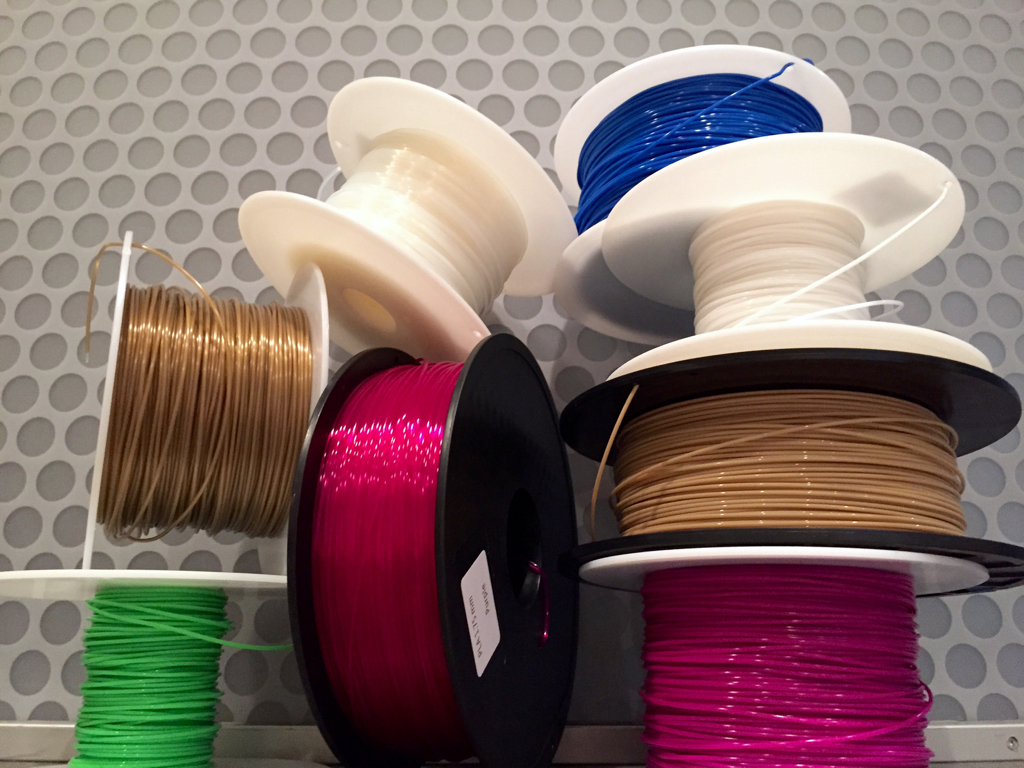
There is always a discussion taking place: Which is the best 3D print filament material to use? I think this question is distracting from the real question.
In the early days of desktop 3D printing, there were very few options available to the few operators of the day. It started with ABS filament, simply because it was commonly available as “welding wire”.
But ABS has problems. It shrinks during cooling, producing some terrible warping issues in most desktop 3D printers, unless significant heating is applied. It’s relatively strong, but not strong enough for many applications. And it also stinks terribly during printing.
Enter PLA, the second and likely defacto-standard filament material for desktop 3D printers in the past few years. While it doesn’t warp hardly at all, it has some other challenges: it’s quite brittle, making it unsuitable for many applications. It also has a relatively low melting point, a level reached in many common situations. Don’t leave your PLA object on a car dashboard in mid-summer!
How about Nylon? It’s much stronger than the other two, but it’s more expensive and has challenges with moisture absorption.
Then there’s those composite filaments, with infusions of metal powders, wood, bamboo, coffee, algae and just about anything else that can be made into a powder and mixed with PLA resin. They’re all very unique and as such are usually not applicable to the project you’re undertaking. They are used when the situation requires it. The same can be said about flexible filament.
What about those new chemically concocted plastics that have been designed for 3D printing? Surely they should be the “right” filament?
As you may have guessed, the point I’m trying to bring home here is that THERE IS NO UNIVERSAL IDEAL FILAMENT.
The ideal filament FOR YOUR PROJECT is the one that best matches the specific requirements of the project. Consider:
- What strength is required?
- What temperatures will be encountered?
- What stresses will be incurred?
- What flexibility is required?
- What type of finishing work will be done?
- What other unique properties are required?
- And more.
I think the only reason people discuss “ideal” filaments is because many of the desktop 3D printers of today have so limited capability and can only print one or two types.
I’m hoping this won’t be the case in the future, and all desktop 3D printers will be able to choose from a wide selection of possible materials.

